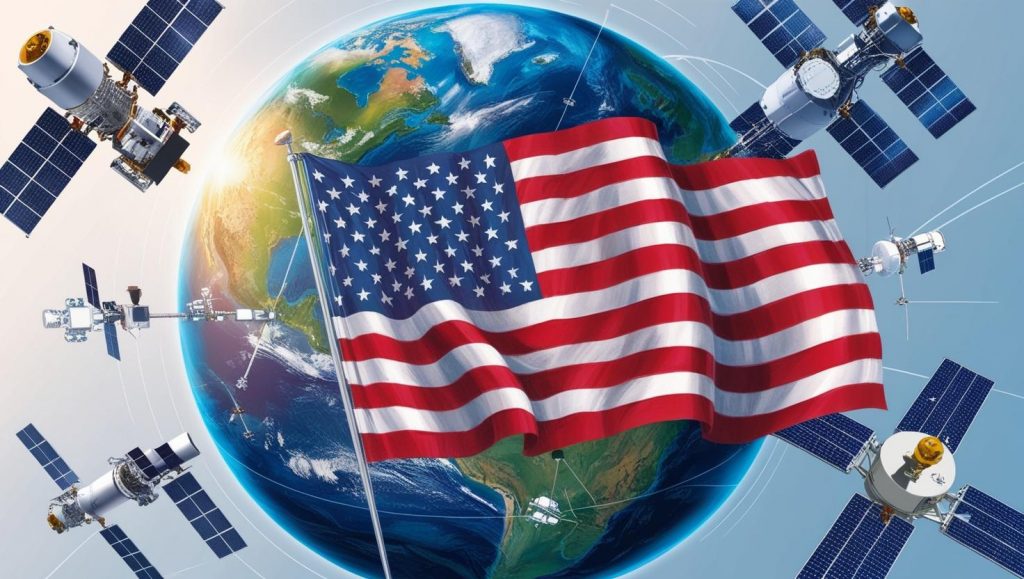In an era when Low Earth Orbit (LEO) satellites are reshaping global communication, Earth observation, and national security, a less visible force is redefining the way we build and deploy them—U.S. trade tariffs.
Tariffs originally introduced to protect domestic industries are now directly influencing the cost structure, pace, and innovation capacity of America’s satellite market. From supply chain volatility to increased build costs, the ripple effects are being felt across both startups and aerospace giants.
A Fast-Growing Market with New Headwinds
The LEO satellite market is growing at a phenomenal rate. With forecasts exceeding $28 billion by 2030, companies are racing to launch mega-constellations that offer high-speed global internet, environmental tracking, and secure government communications.
But tariffs on essential components—from electronics and composites to solar arrays and specialty metals—are putting pressure on already tight development cycles and budgets.
Request Trump Tariff Threat Assessment Analysis Now @ https://www.marketsandmarkets.com/forms/ctaTariffImpact.asp?id=252330251
💸 Three Ways Tariffs Are Affecting the LEO Industry
1. Increased Production Costs
Rising tariffs on imported electronics, propulsion systems, and structural materials have raised total production costs by an estimated 10–18% per satellite for many U.S. manufacturers.
2. Supply Chain Disruptions
Tariff uncertainty has forced companies to reconfigure their sourcing models, causing delays and increased lead times for key components like RF modules, reaction wheels, and high-efficiency solar panels.
3. Competitive Disadvantage
As the EU and Asia streamline satellite development with fewer trade barriers, U.S. firms are at risk of falling behind on price and launch cadence, especially in commercial markets.
Adapting to Thrive: Strategic Industry Responses
Despite these challenges, the industry is taking bold steps to future-proof operations:
-
Shifting toward domestic suppliers and joint ventures
-
Investing in in-house production of mission-critical subsystems
-
Negotiating tariff exemptions and lobbying for aerospace-specific trade policies
-
Diversifying launch partnerships to manage risk
These moves are strengthening U.S. companies’ ability to weather trade disruptions—and could result in greater resilience and independence over the long term.
LEO’s Resilient Future in a Shifting Policy Landscape
While tariffs have undoubtedly introduced friction, they’ve also sparked a wave of operational innovation and manufacturing realignment. With government support, public-private collaboration, and ongoing tech investment, U.S.-based LEO firms are well-positioned to adapt—and lead.
But staying competitive will depend on one key factor: how quickly the industry can pivot toward more agile, localized, and tech-driven production models.

